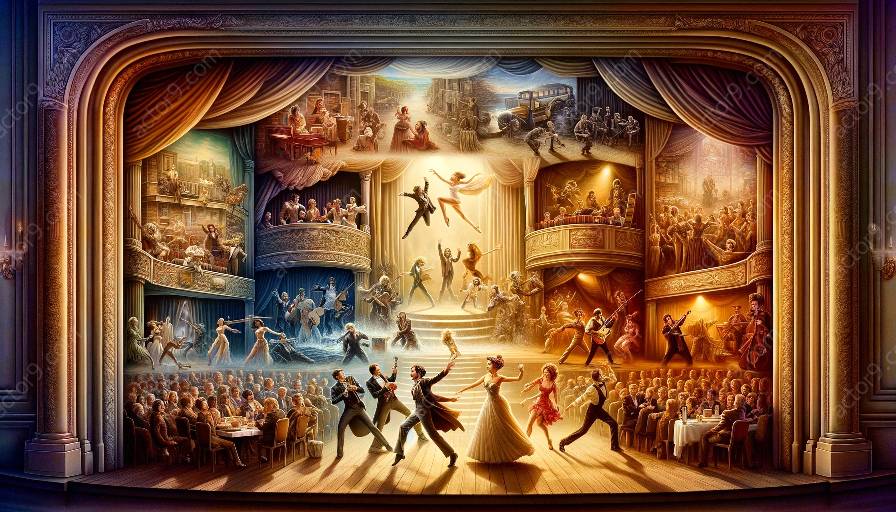Technological advancements have revolutionized musical theatre production, influencing various musical theatre styles and genres in remarkable ways. From set design and special effects to sound systems and projection mapping, technology has significantly changed the landscape of musical theatre. This article will explore how technology has impacted musical theatre production and its influence on different styles and genres.
The Evolution of Set Design
Set design in musical theatre has been transformed by technology, allowing for more immersive and visually stunning productions. With the advent of computer-aided design (CAD) software, set designers can create intricate and elaborate sets with greater precision and detail. Additionally, advancements in materials and construction techniques have made it possible to build more versatile and dynamic sets that can seamlessly transform throughout a performance.
Special Effects and Lighting
The use of technological innovations in special effects and lighting has brought a new level of spectacle to musical theatre productions. Lighting systems have become more advanced and sophisticated, with the ability to create dynamic and immersive lighting designs that enhance the mood and atmosphere of a performance. Furthermore, the integration of projection mapping technology allows for captivating visual effects that can transform the entire stage into a work of art.
Advancements in Sound Systems
Technology has also revolutionized sound systems in musical theatre, providing clearer and more immersive sound experiences for audiences. Innovations in audio equipment and digital sound processing have allowed for improved acoustics and audio quality, enhancing the overall auditory experience of a production. Additionally, wireless microphone technology has enabled performers to move more freely on stage without compromising sound quality, contributing to more dynamic and engaging performances.
Influence on Musical Theatre Styles and Genres
The impact of technology on musical theatre production extends to its influence on different styles and genres. For example, the use of innovative set design and special effects has greatly contributed to the rise of immersive and experiential theatre experiences, such as site-specific productions and interactive performances. Additionally, advancements in sound and lighting technology have significantly enhanced the production quality of contemporary musicals, allowing for more dynamic and visually captivating shows.
Conclusion
Technology has undoubtedly transformed musical theatre production, pushing the boundaries of creativity and innovation. From set design and special effects to sound systems and projection mapping, the impact of technology can be seen across various musical theatre styles and genres, shaping the way audiences experience and engage with live performances.




































